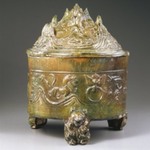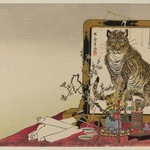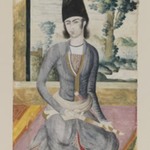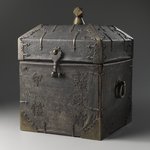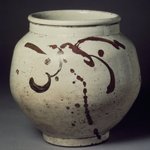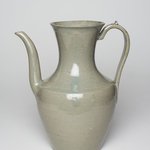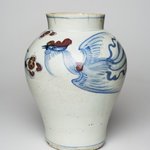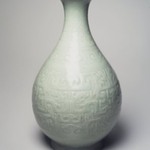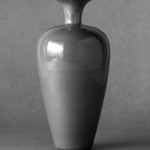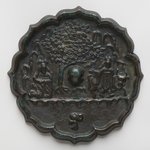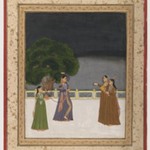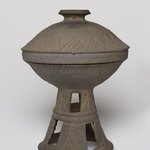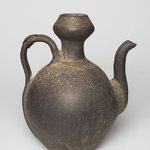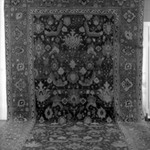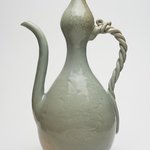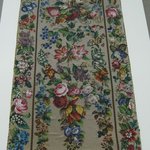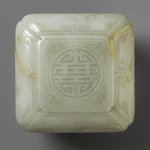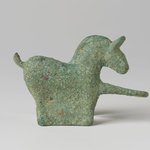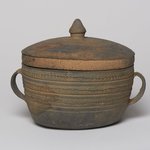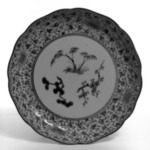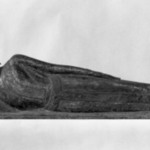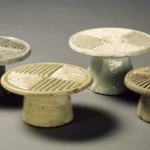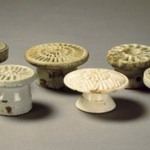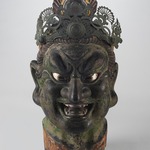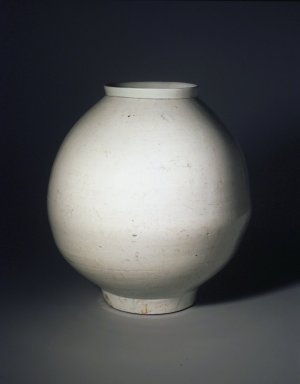
Jar
Asian Art
On View: Asian Galleries, South, 2nd floor
One of the most beloved ceramic forms in the Korean tradition is the moon jar. These large, round storage jars of undecorated white porcelain were formed in two parts and joined at the center, where a seam is often visible. Many moon jars slumped or tilted during firing, as the clay could not support its own weight, but their lopsided appearance is treasured as a charming imperfection.
Brooklyn’s moon jar is quite small. This unusual size has led experts to suggest that it is of later date than most of the classic examples.
Brooklyn’s moon jar is quite small. This unusual size has led experts to suggest that it is of later date than most of the classic examples.
MEDIUM
Porcelain with glaze
DATES
late 18th–19th century
DYNASTY
Joseon Dynasty
DIMENSIONS
11 3/4 x 11in. (29.8 x 27.9cm)
Diameter at mouth: 5 1/2 in. (14 cm)
Diameter at base: 5 1/8 in. (13 cm) (show scale)



COLLECTIONS
Asian Art
ACCESSION NUMBER
84.262.8
CREDIT LINE
Gift of John M. Lyden
EXHIBITIONS
MUSEUM LOCATION
This item is on view in Asian Galleries, South, 2nd floor
CAPTION
Jar, late 18th–19th century. Porcelain with glaze, 11 3/4 x 11in. (29.8 x 27.9cm). Brooklyn Museum, Gift of John M. Lyden, 84.262.8. Creative Commons-BY (Photo: Brooklyn Museum, 84.262.8_transp4287.jpg)
IMAGE
overall, 84.262.8_transp4287.jpg. Brooklyn Museum photograph
"CUR" at the beginning of an image file name means that the image was created by a curatorial staff member. These study images may be digital point-and-shoot photographs, when we don\'t yet have high-quality studio photography, or they may be scans of older negatives, slides, or photographic prints, providing historical documentation of the object.
RIGHTS STATEMENT
Creative Commons-BY
You may download and use Brooklyn Museum images of this three-dimensional work in accordance with a Creative Commons license. Fair use, as understood under the United States Copyright Act, may also apply.
Please include caption information from this page and credit the Brooklyn Museum. If you need a high resolution file, please fill out our online application form (charges apply).
For further information about copyright, we recommend resources at the United States Library of Congress, Cornell University, Copyright and Cultural Institutions: Guidelines for U.S. Libraries, Archives, and Museums, and Copyright Watch.
For more information about the Museum's rights project, including how rights types are assigned, please see our blog posts on copyright.
If you have any information regarding this work and rights to it, please contact copyright@brooklynmuseum.org.
RECORD COMPLETENESS
Not every record you will find here is complete. More information is available for some works than for others, and some entries have been updated more recently. Records are frequently reviewed and revised, and we welcome any additional information you might have.
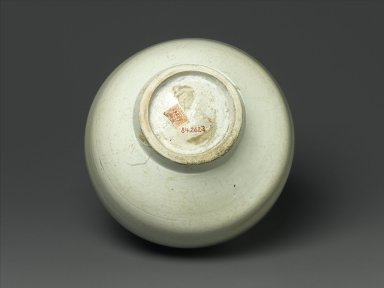


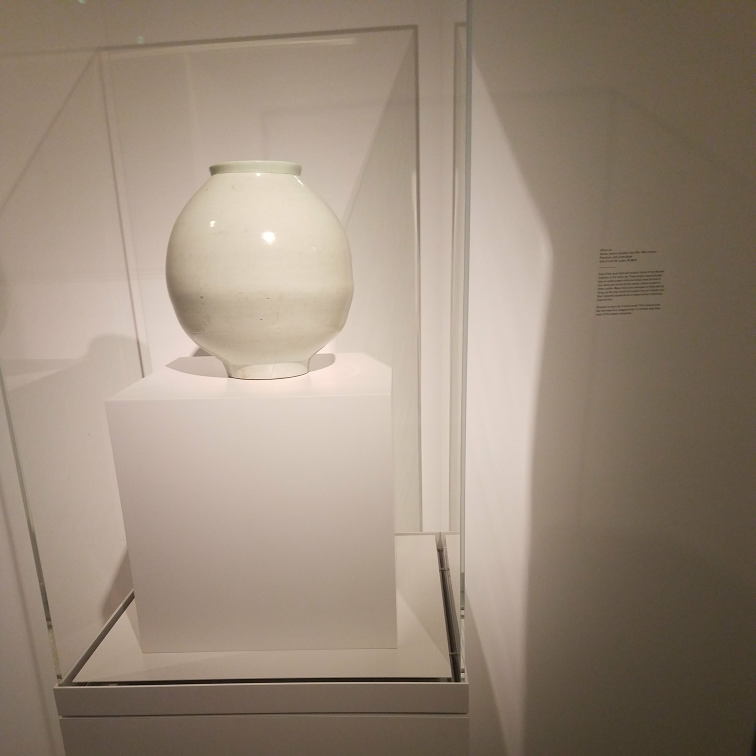
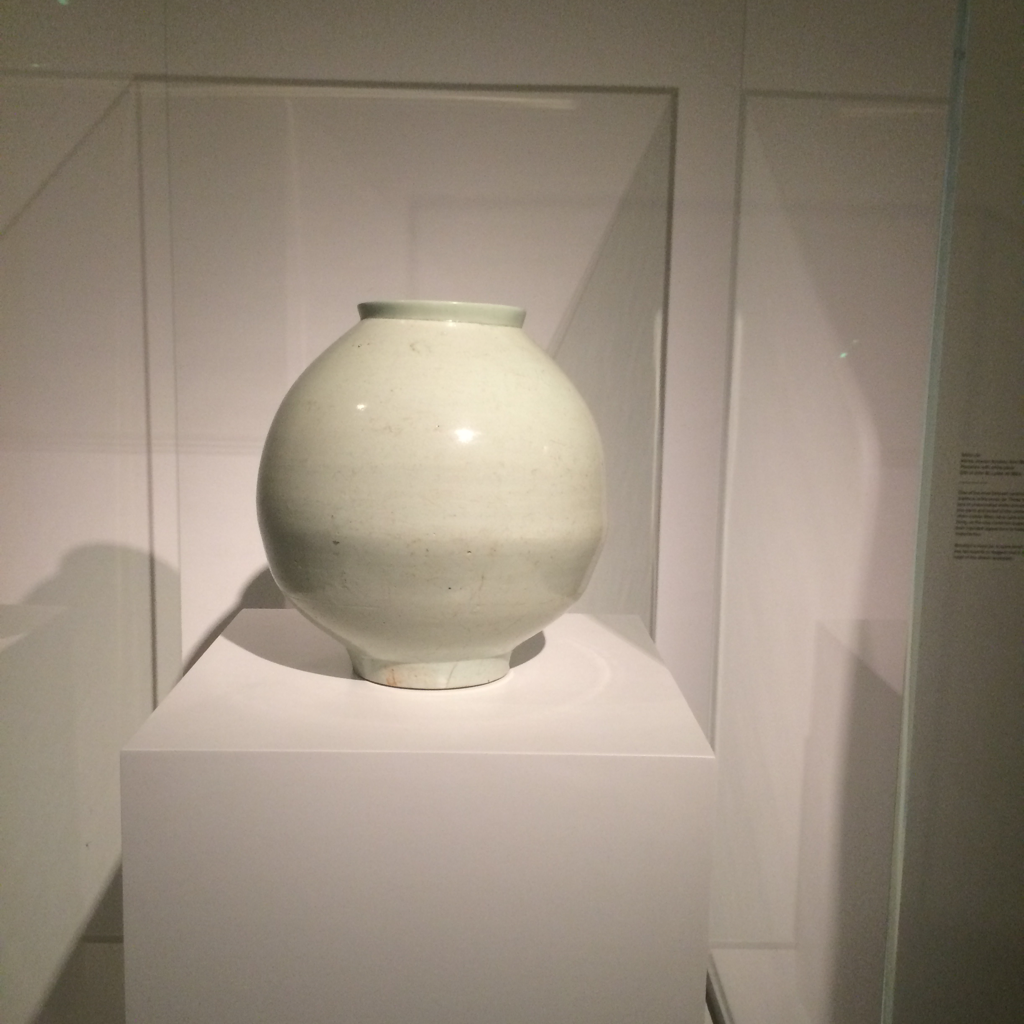
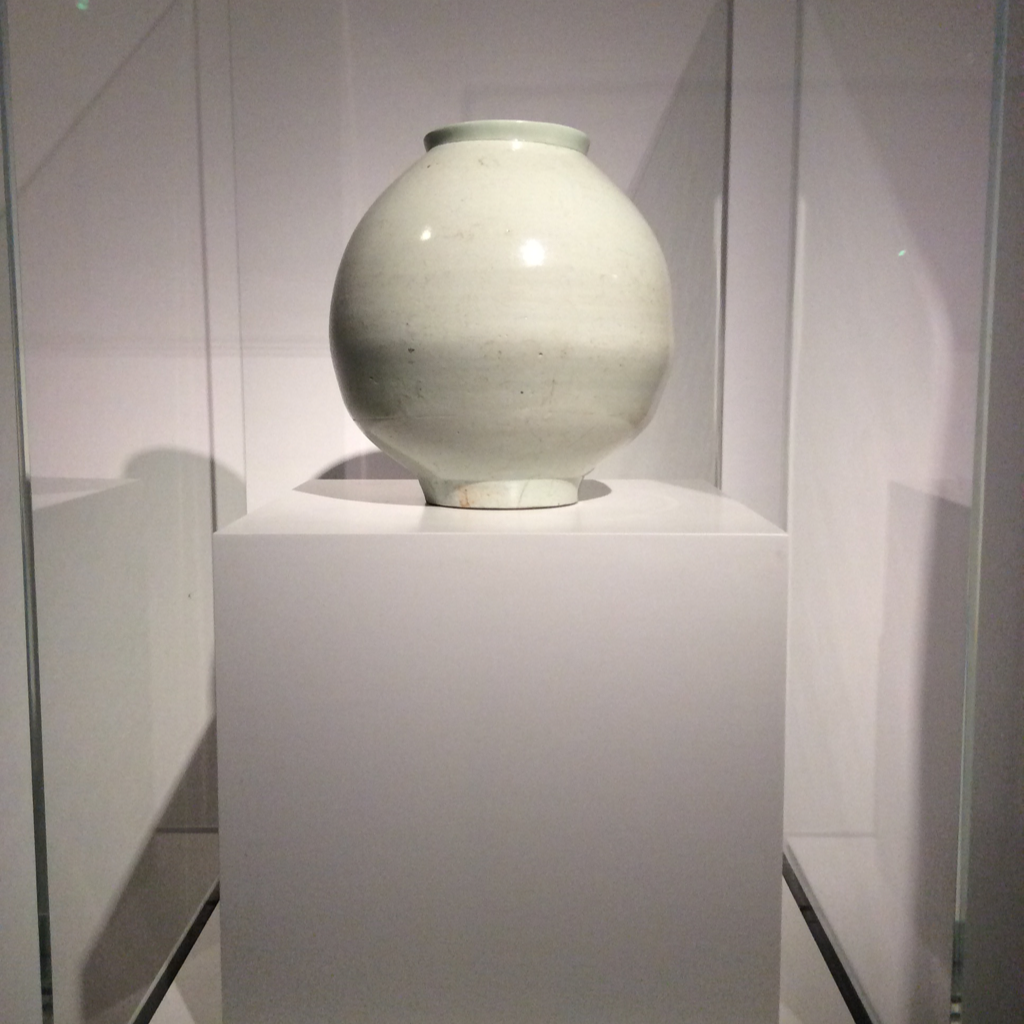


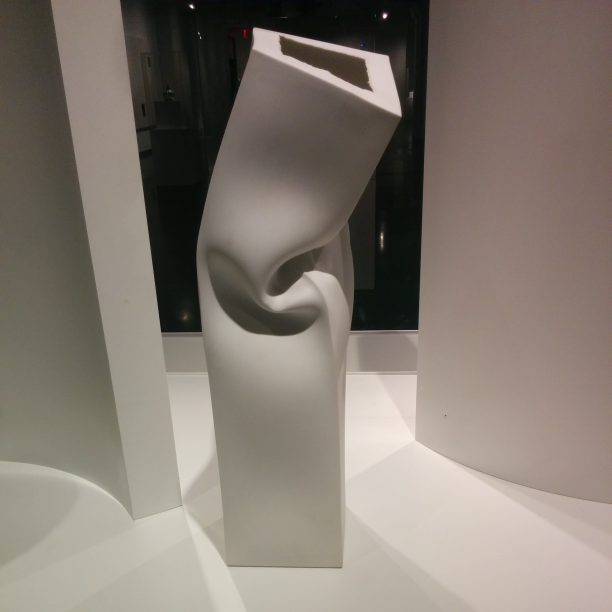
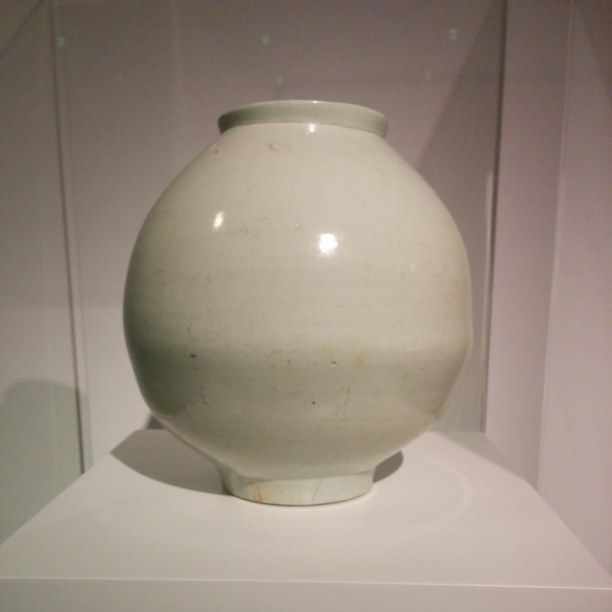
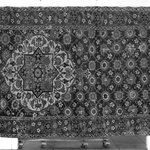
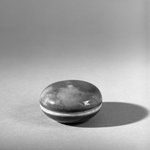

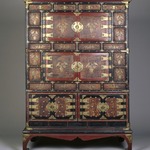
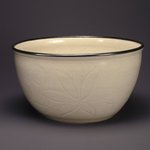
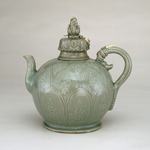
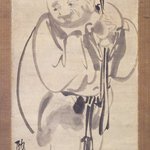
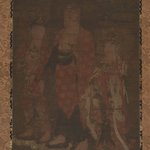
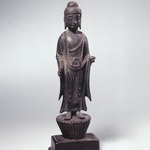

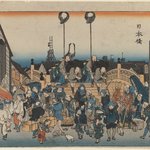
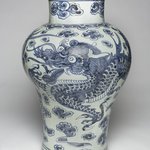
![Kakinomoto no Hitomaro [missing title cartouche: Children Parody the Six Immortal Poets (Tosei Kodomo Rokkasen)]](https://d1lfxha3ugu3d4.cloudfront.net/images/opencollection/objects/size2_sq/82.191_print_IMLS_SL2.jpg)

